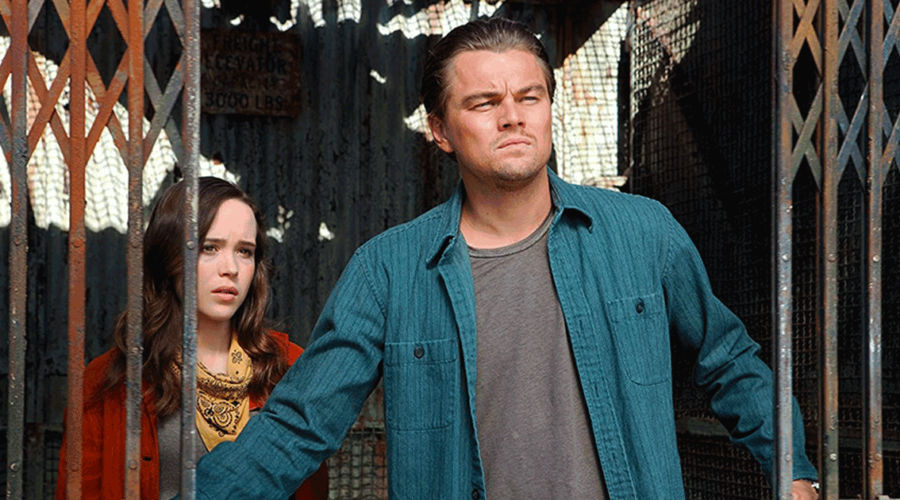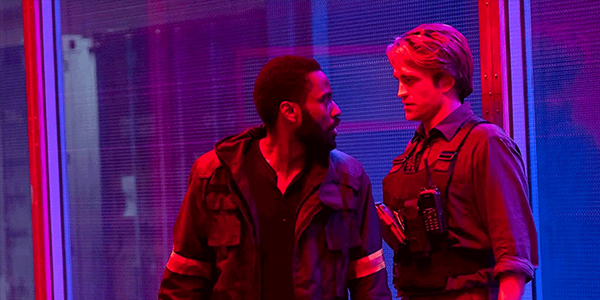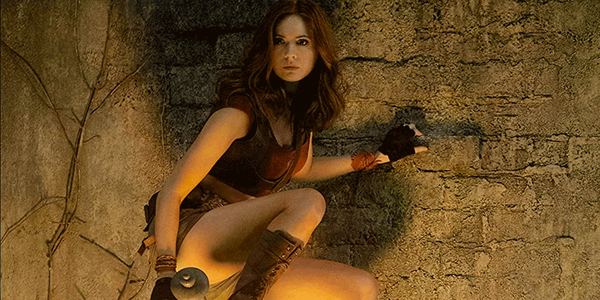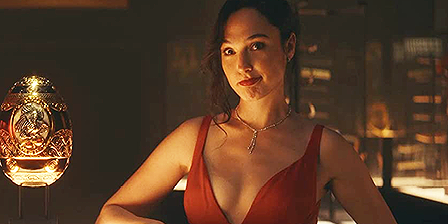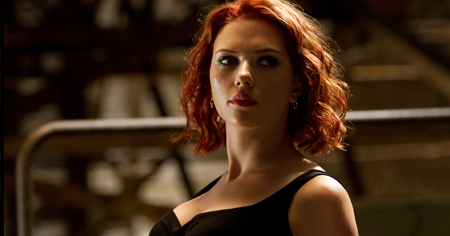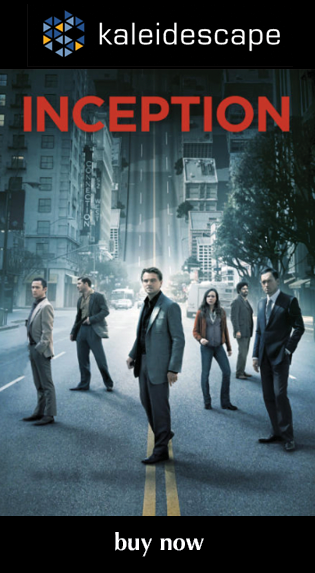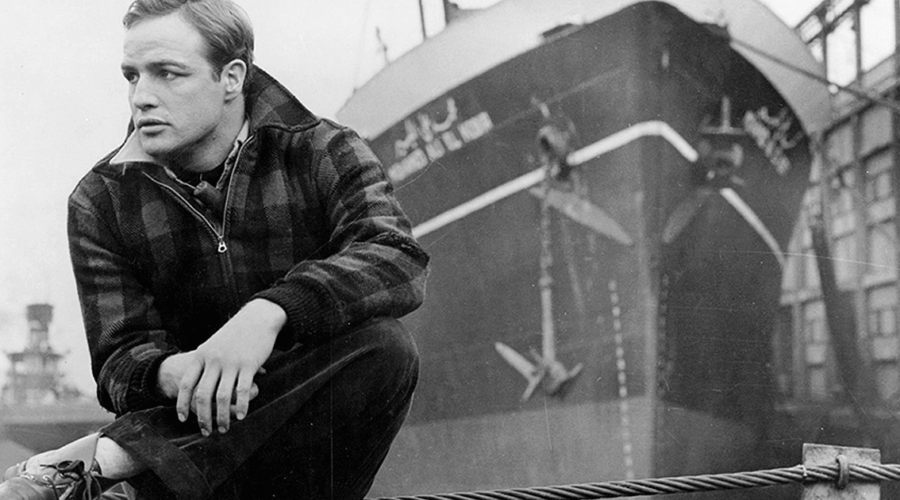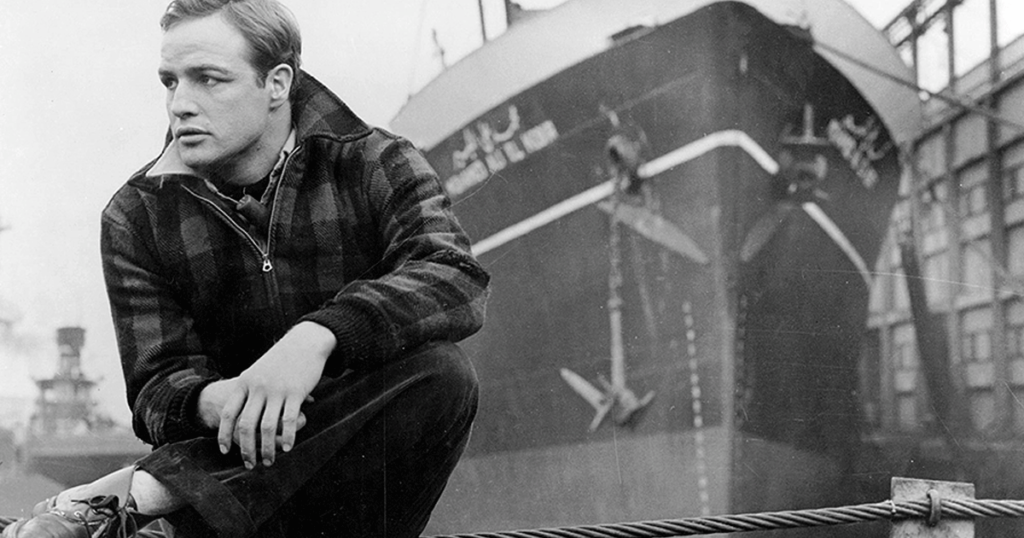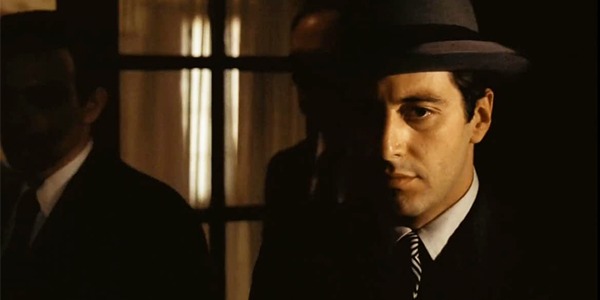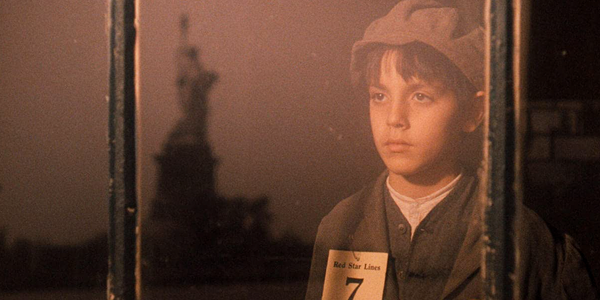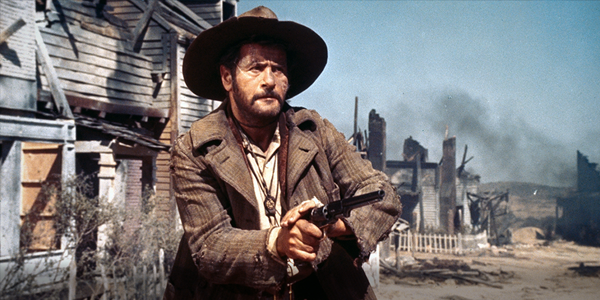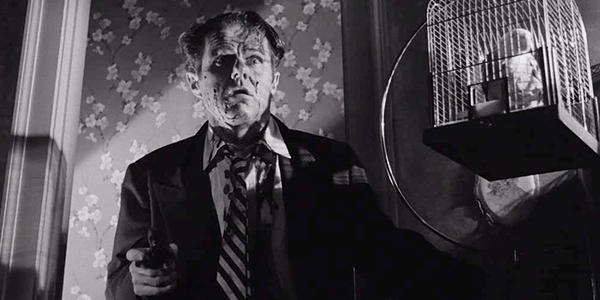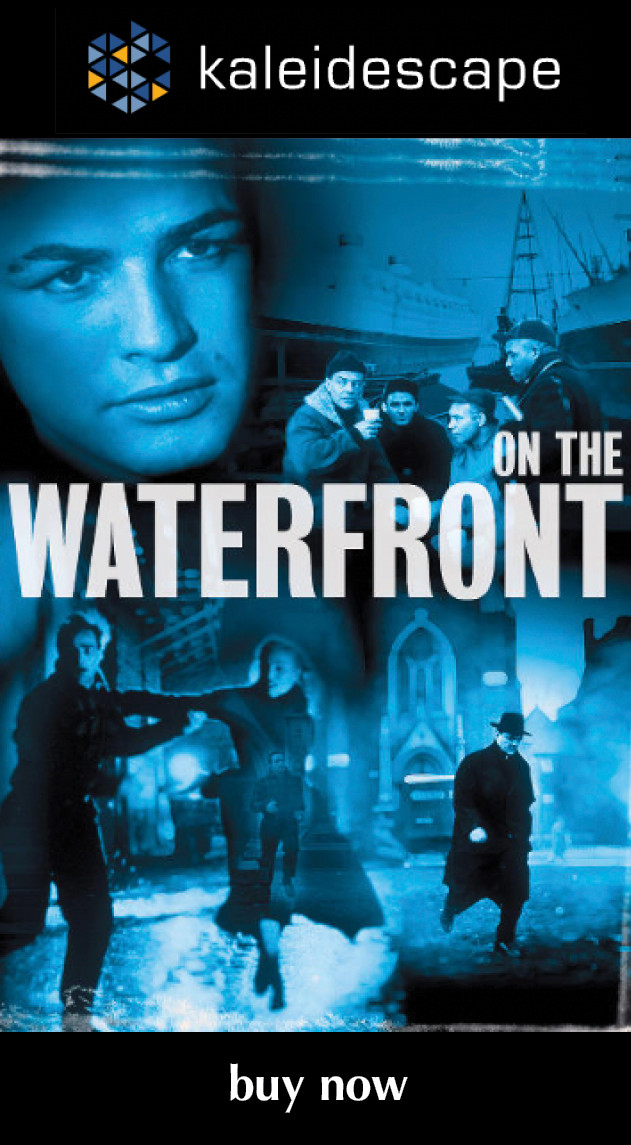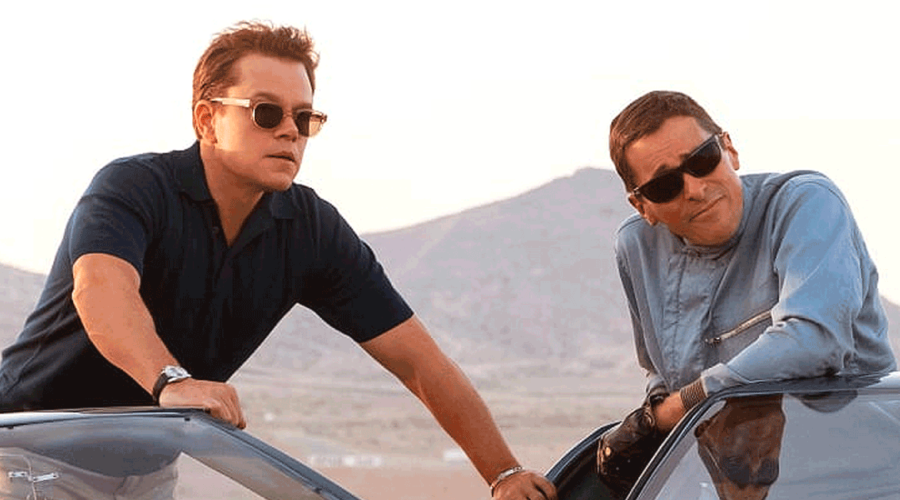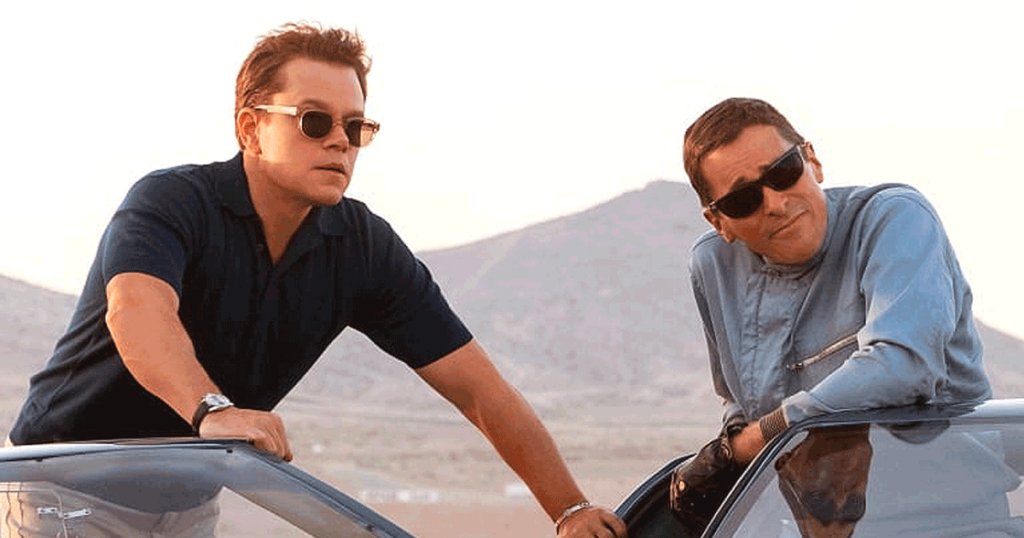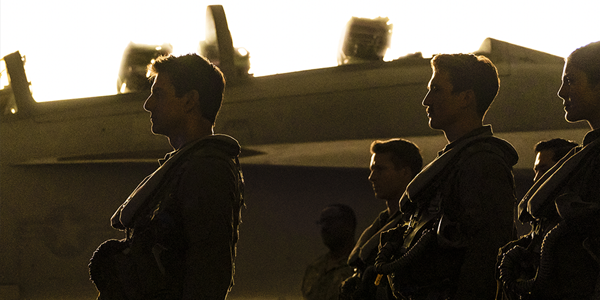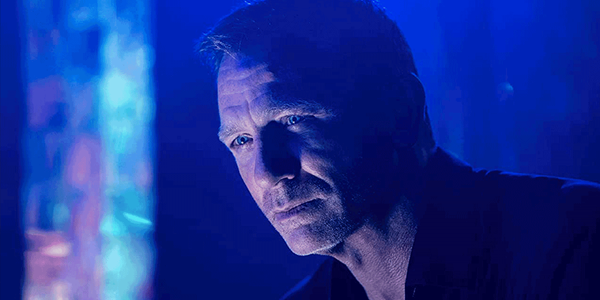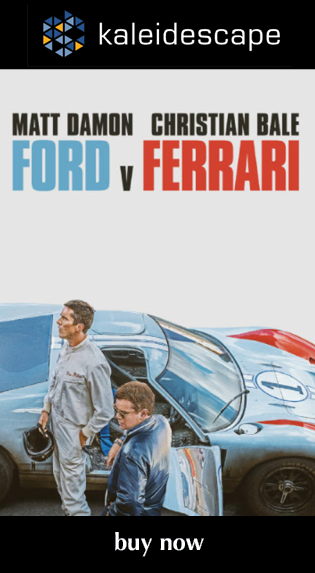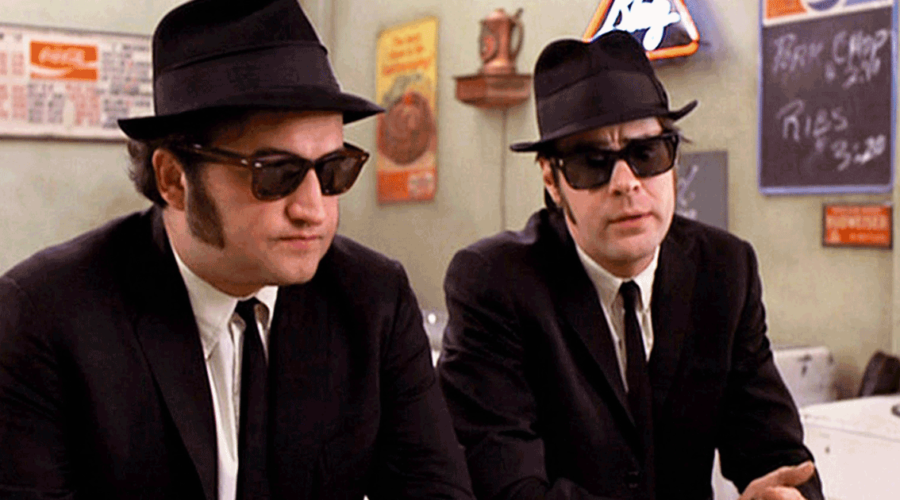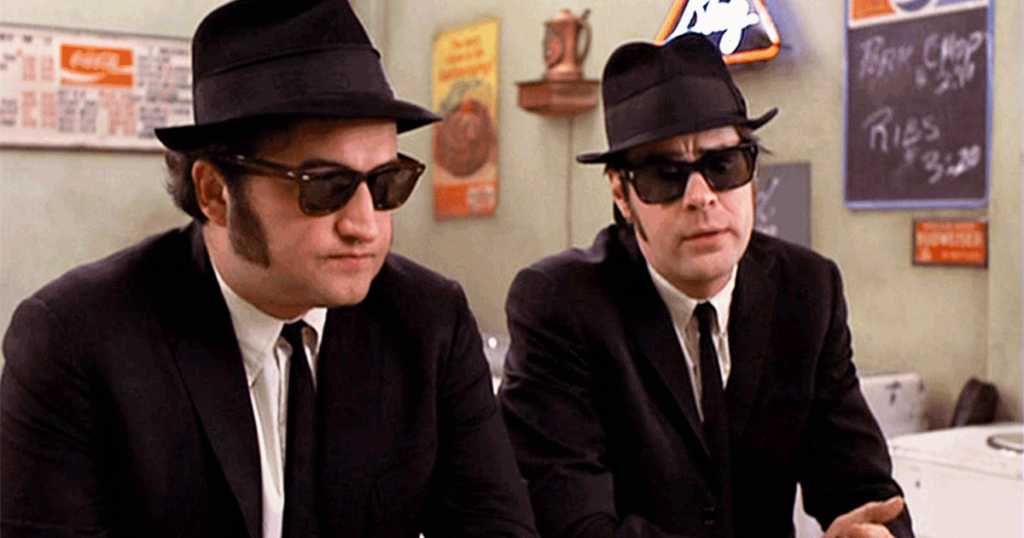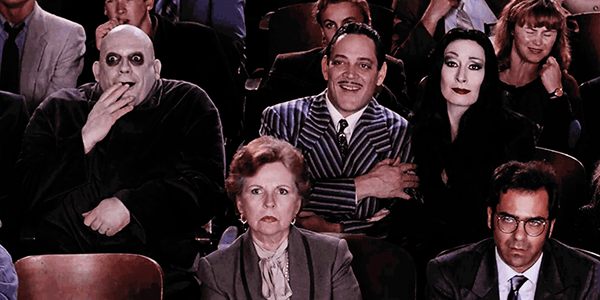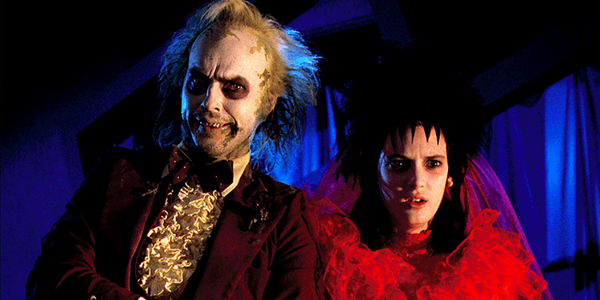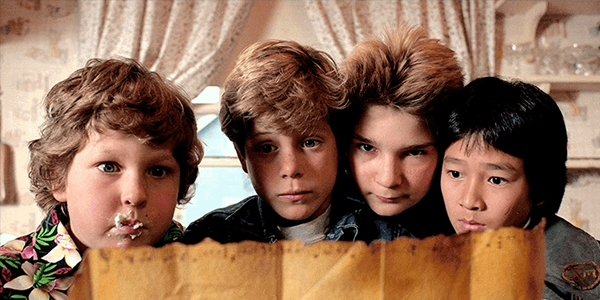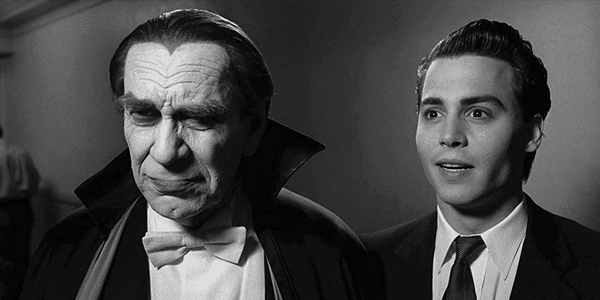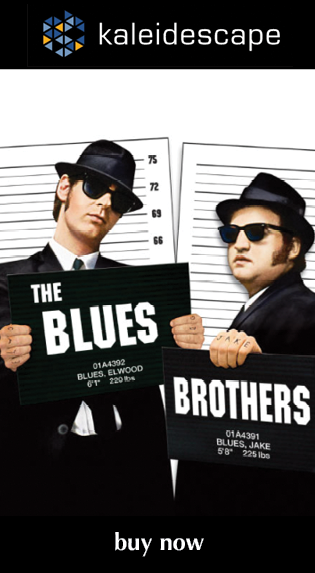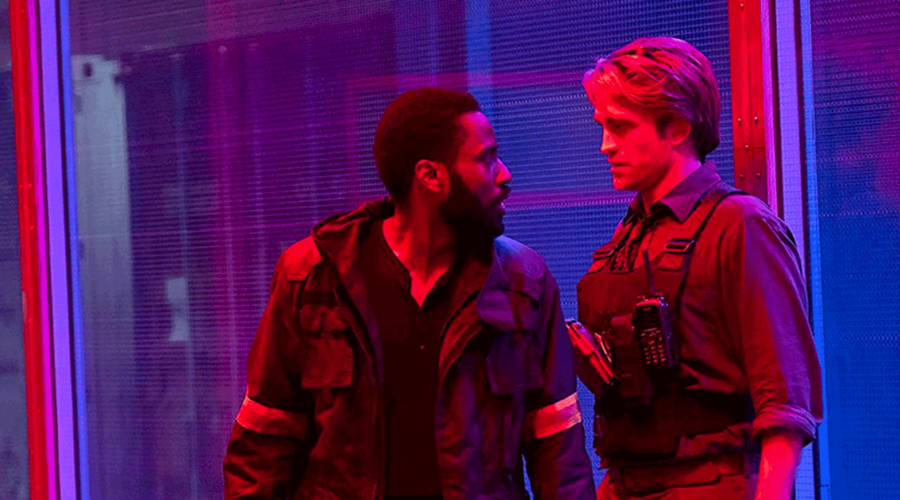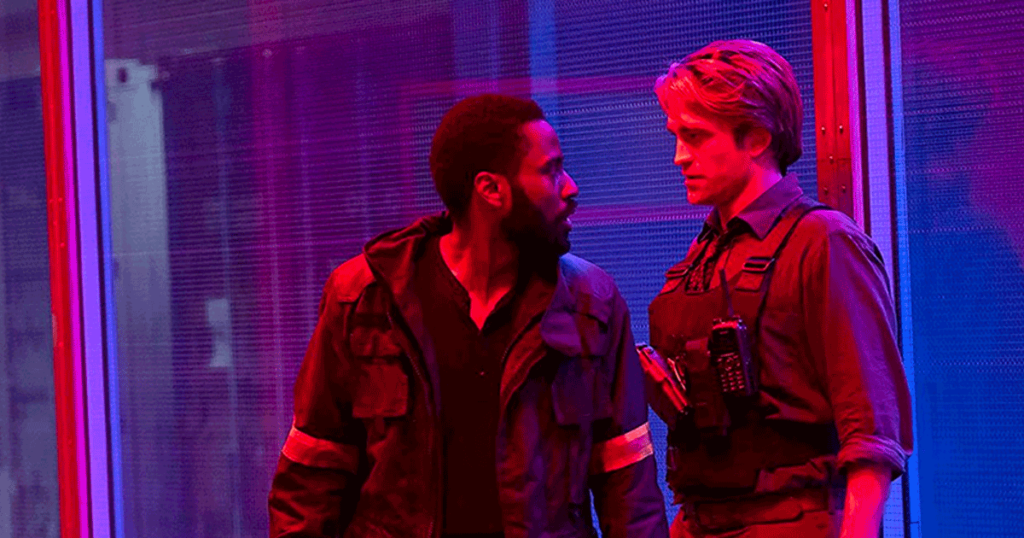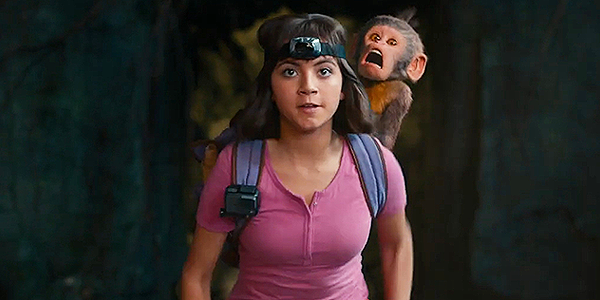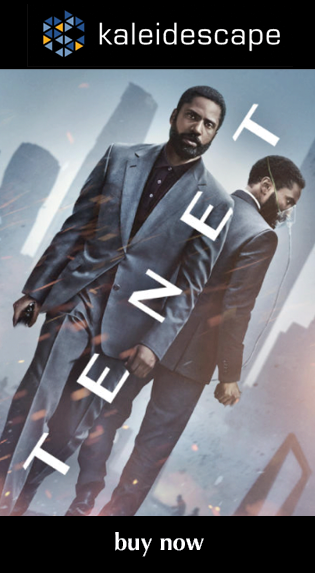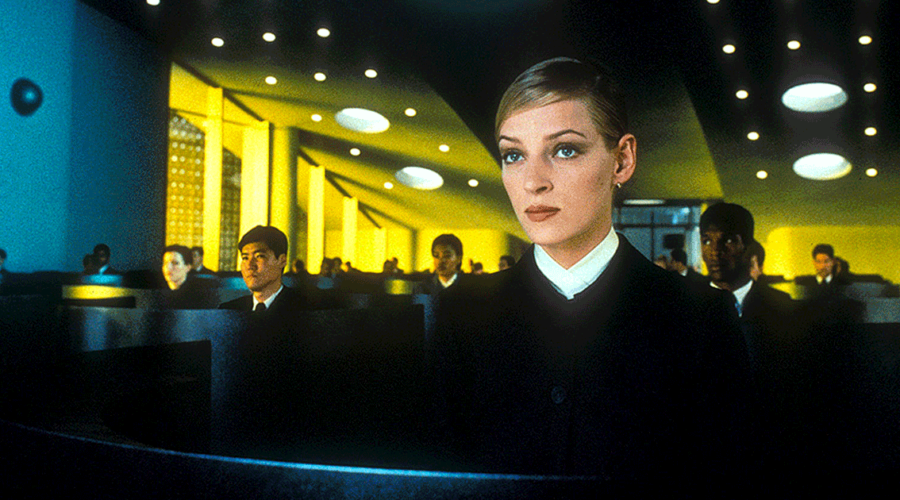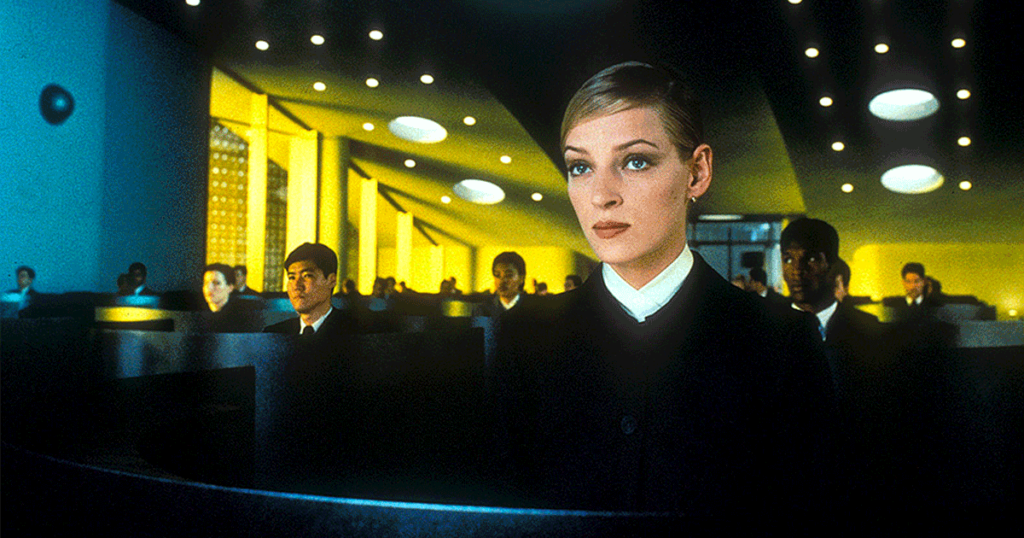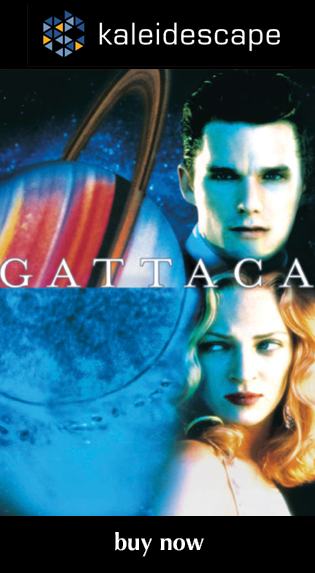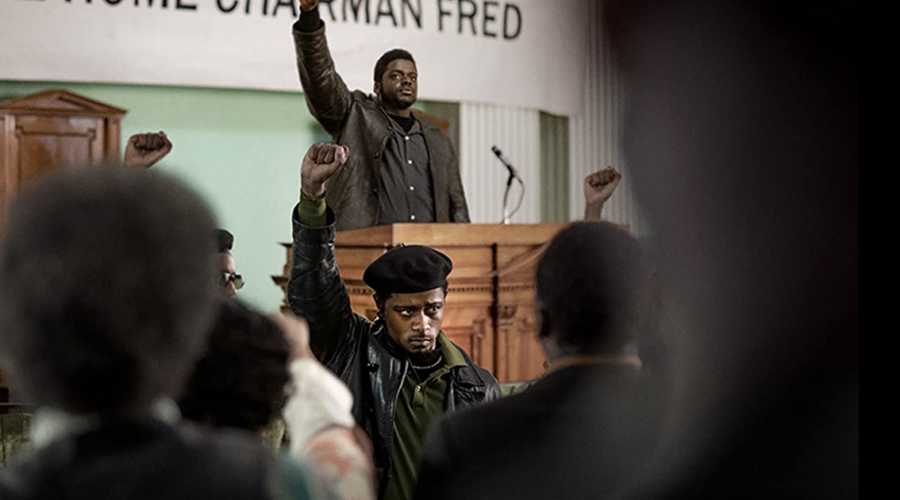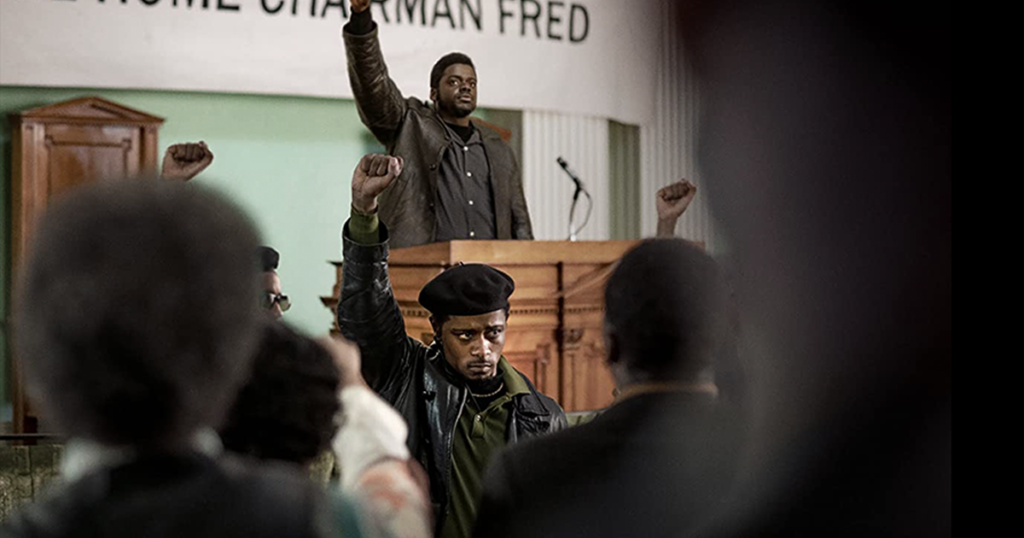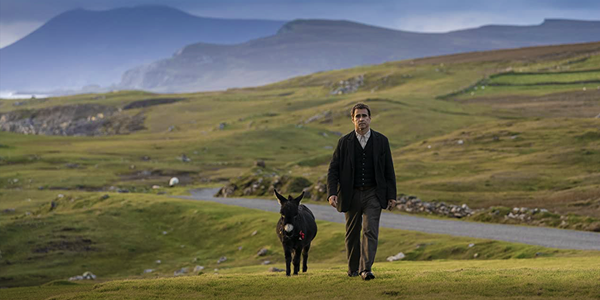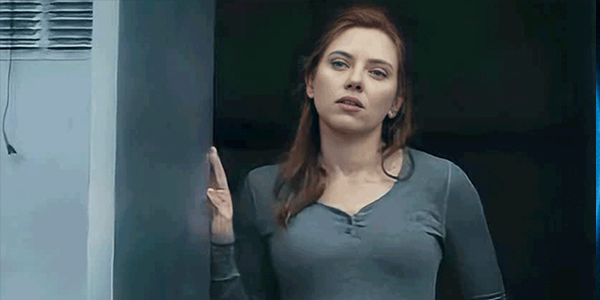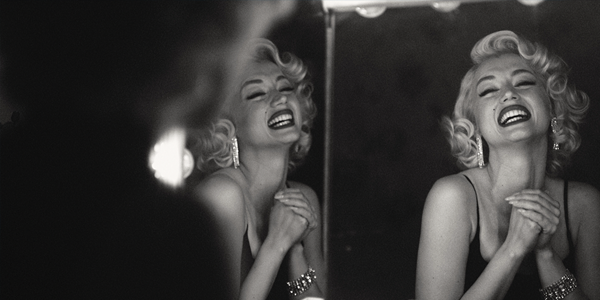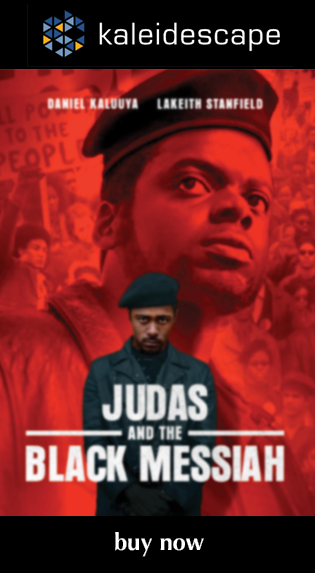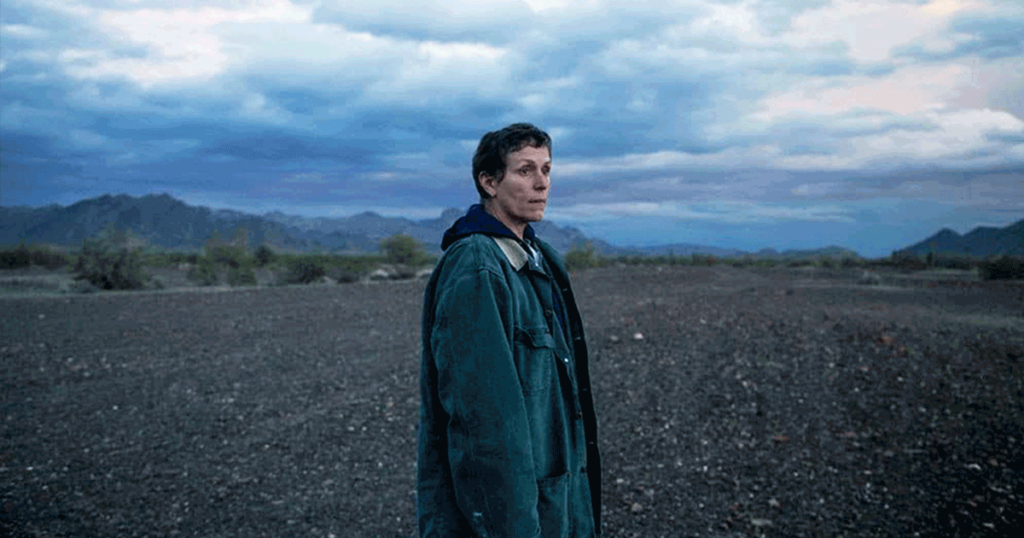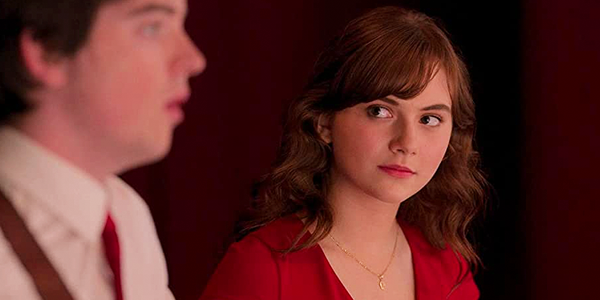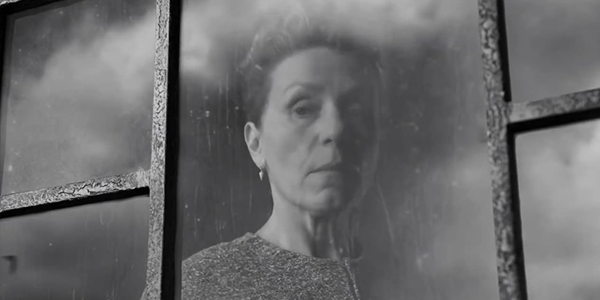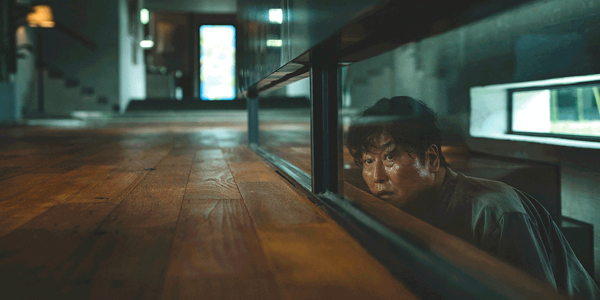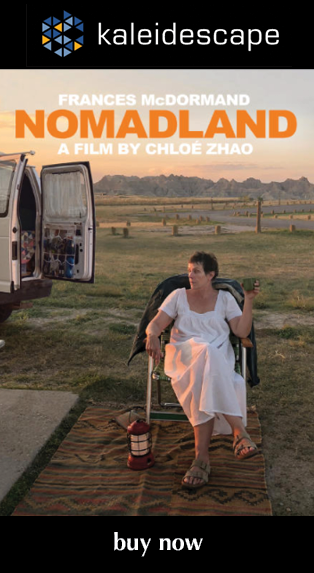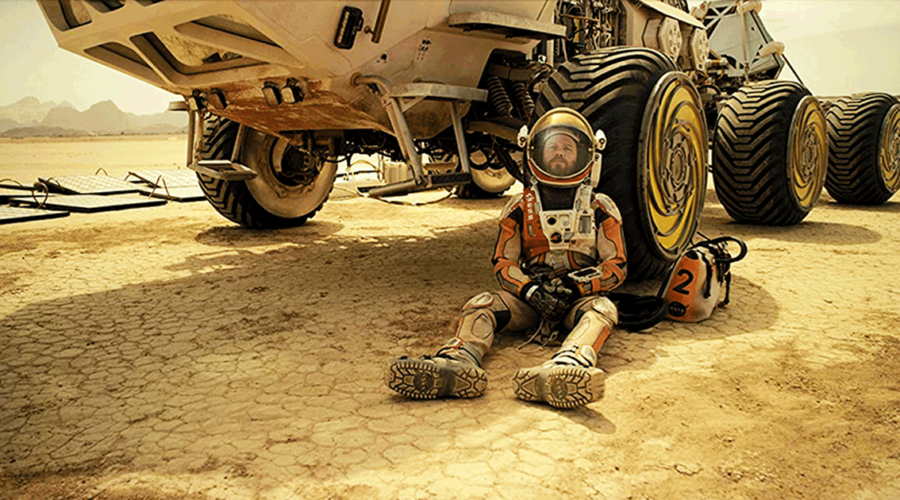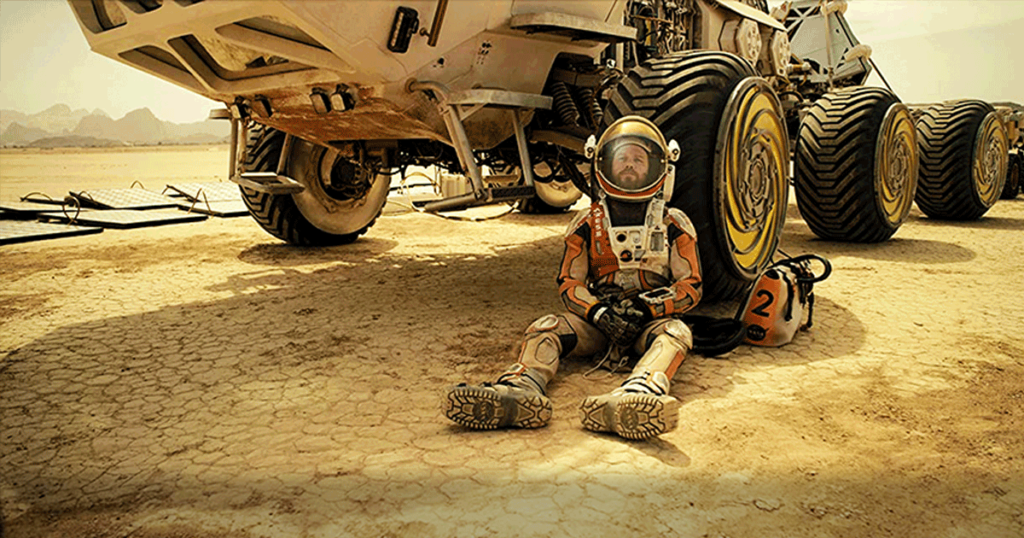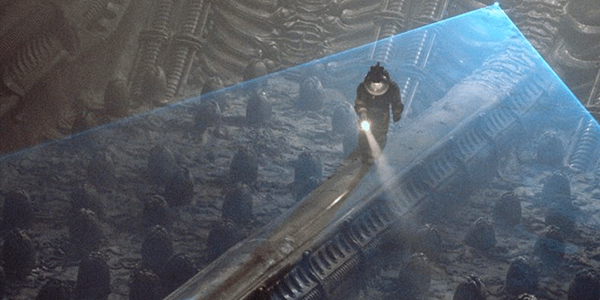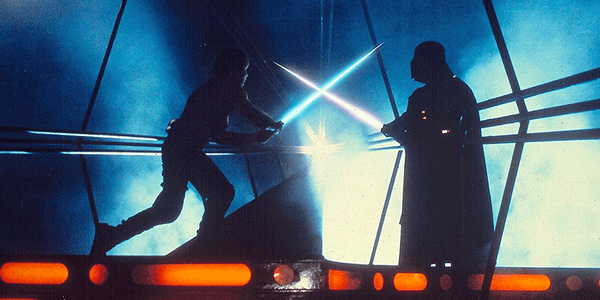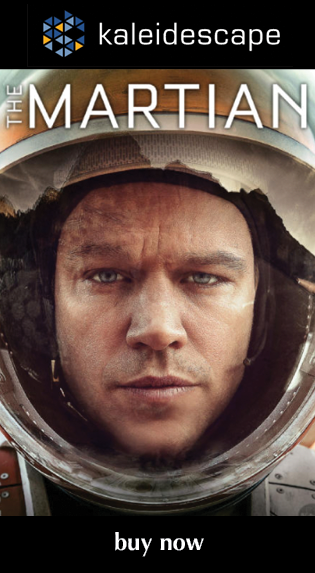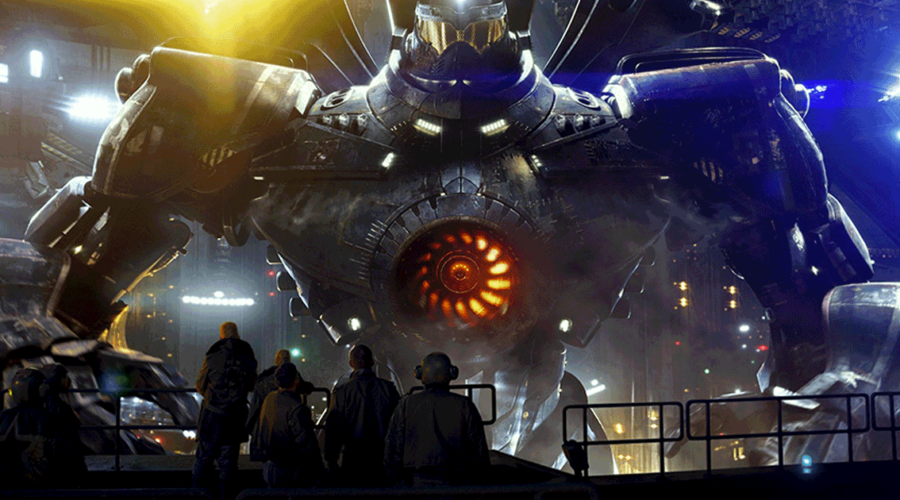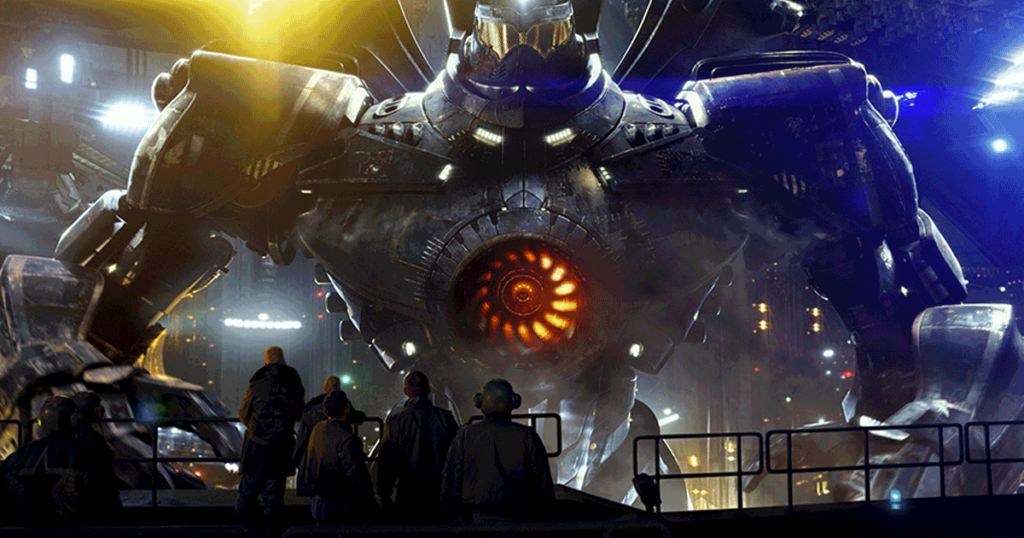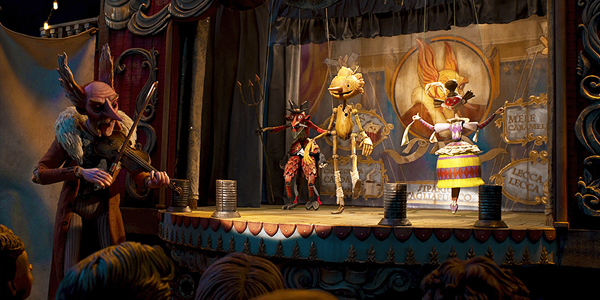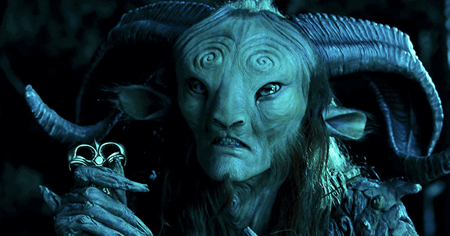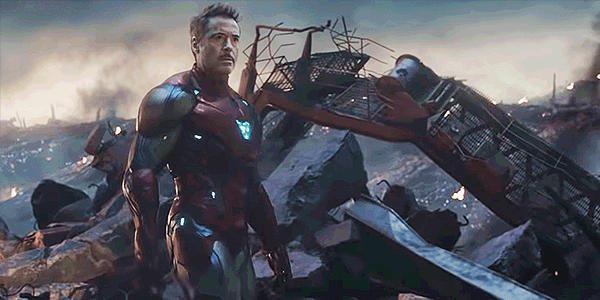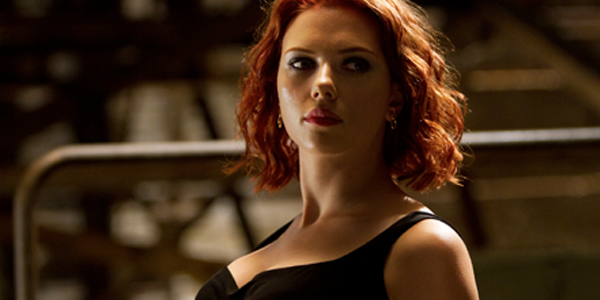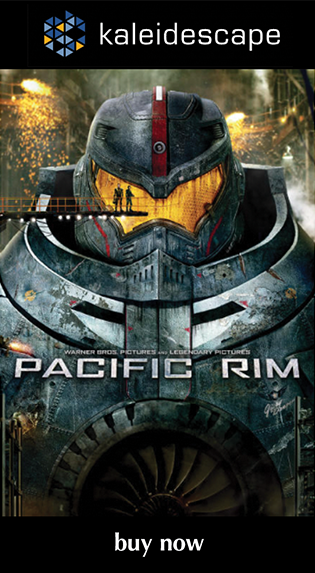Review: Inception
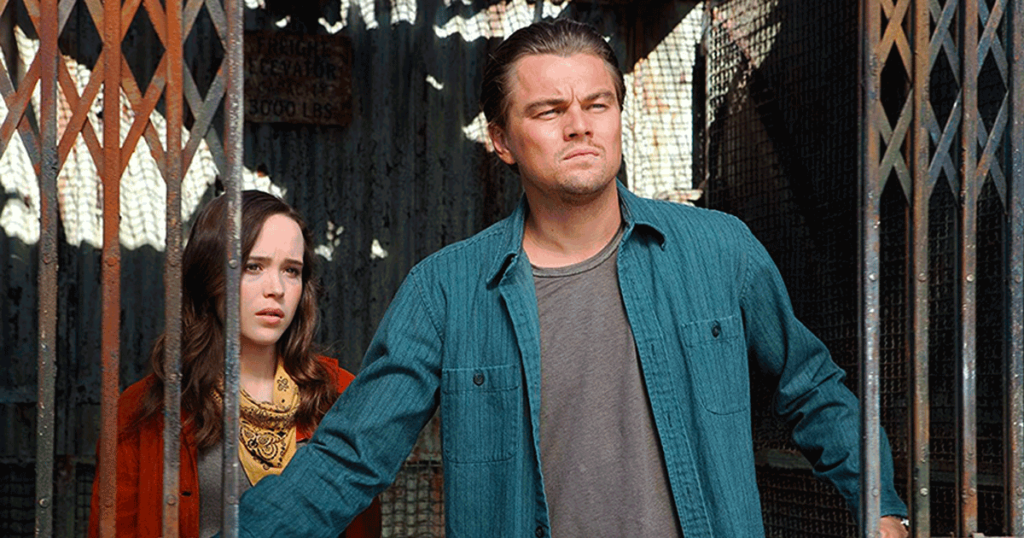
review | Inception
Christopher Nolan’s dream-within-a-dream fest translates especially well into 4K HDR
by John Sciacca
updated August 7, 2023
The core plot is actually fairly simple—getting someone to do something you want them to by planting a simple idea into their subconscious that they believe is their own. But it is the path of getting there that is so complex and visually stunning to watch, as Nolan creates dream worlds within worlds within worlds, with time expanding exponentially the further down you go. What takes seconds in “real life” might equate to hours or even decades multiple dream-levels deep.
Similar to lucid dreaming—a dream where the person is aware they are dreaming and can then exert control over the dream universe—Inception allows for group dreaming where an architect designs and builds the dream world, which is then populated by others who can control the dream, with the actual dreamer filling out the world with the characters of his subconscious mind. (If you’ve seen the film, you’ll understand—if you haven’t, trust me that it actually makes a lot of sense.)
The dream worlds are often filled with fascinating MC Escher-like architecture—entire city blocks that twist upwards at 90 degrees to fold back onto the world, rooms filled with never-ending staircases, topsy-turvy gravity, and cities disintegrating as the dreamworld collapses.
While I don’t think of Inception as an action film, it actually has a surprising amount of action, with the dreamworlds filled with car chases and numerous shootouts. One of the final dream levels—a heavily fortified hospital on top of a snow-covered mountain—always reminds me of a level of a Bond-like video game, using snipers, stealth, and force to overcome a large force on skis and tracked vehicles to infiltrate a massive complex and achieve the objective.
Originally shot on 35mm and 65mm film, there’s no information on the resolution of the digital intermediate used, but there’s tons of detail and resolution in nearly every frame. Closeups reveal loads of facial detail, and you can especially appreciate the detail, design, and fabric texture in the actors’ clothing. For example, in the opening moments, we see Leonardo DiCaprio lying in the surf, and there is sharp line texture and detail in his jacket. Later in the snow-mountain scene, you can appreciate the slightly pebbled texture on the leather accents of their uniforms, or a delicate white-on-white pattern on one of Ken Watanabe’s shirts. There are the occasional shots in soft focus, but this appears to be more a limit of the original material.
While the film has a generally muted greyish, overcast, or steely-blue color palette, there are still plenty of opportunities for the HDR grading to improve the viewing experience. One big difference over the Blu-ray transfer is the enhanced pop of the white shirts worn by many of the actors, and the brightness of the overhead lighting in rooms. The early scene in Watanabe’s castle especially benefits from this, with the lighting looking far more realistic and bathing the room in a rich, warm, golden glow. Interior scenes also benefit from rich shadow detail while still delivering bright highlights either from light streaming in through windows or internal lighting, and the added contrast also benefits the snowy scenes, providing more detail and depth to the white-covered landscape.
The 5.1-channel DTS-HD Master mix is pretty dynamic, with plenty of subtle ambient and aggressive surround effects to place you in the action. From street sounds at a Paris café, to a freight train whizzing past in the side surrounds, to the creaking and groaning of an elevator shaft and cabling, to dynamic gun fire and bullet strikes discreetly placed around the room, to the distinct sounds of objects exploding in air, Inception’s sound mix is active and entertaining.
The film also features some truly massive and immense low-frequency information that will take your subwoofer—and walls—to their limits. From the opening scene, the sounds of waves crashing at the beach pound your room with bass. Even more aggressive are the deep —and lengthy—bass signals when a dreamworld is collapsing, or the crashing of an avalanche.
Nolan re-teams with frequent collaborator Hans Zimmer for the score, and it’s often an aggressive, dynamic, stress-filled mix that assaults from all corners of the room. The finale is heightened by the score, which is like a constant assault on the senses and will get your heart pumping. One of the songs, “Mombasa,” reminded me of the frenetic electronica and bass assault of a Blue Man Group track.
Inception remains incredibly entertaining, and as visually exciting and entertaining as any modern film. With a new 4K HDR transfer, the film looks better than ever, making it the perfect time to revisit this modern classic.
Probably the most experienced writer on custom installation in the industry, John Sciacca is co-owner of Custom Theater & Audio in Murrells Inlet, South Carolina, & is known for his writing for such publications as Residential Systems and Sound & Vision. Follow him on Twitter at @SciaccaTweets and at johnsciacca.com.
© 2025 Cineluxe LLC
